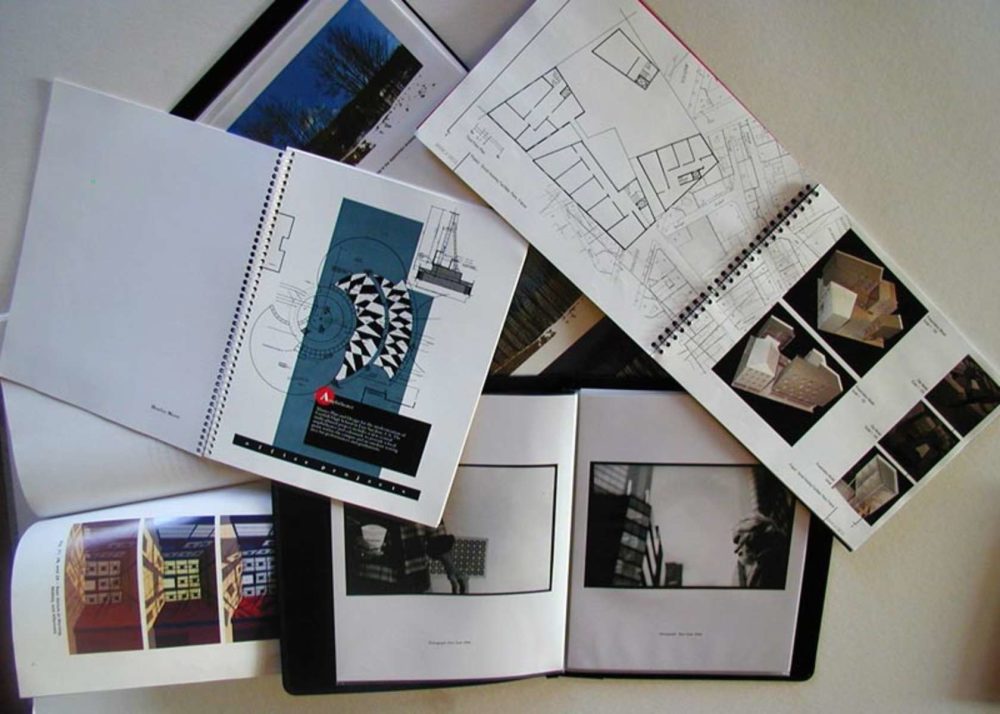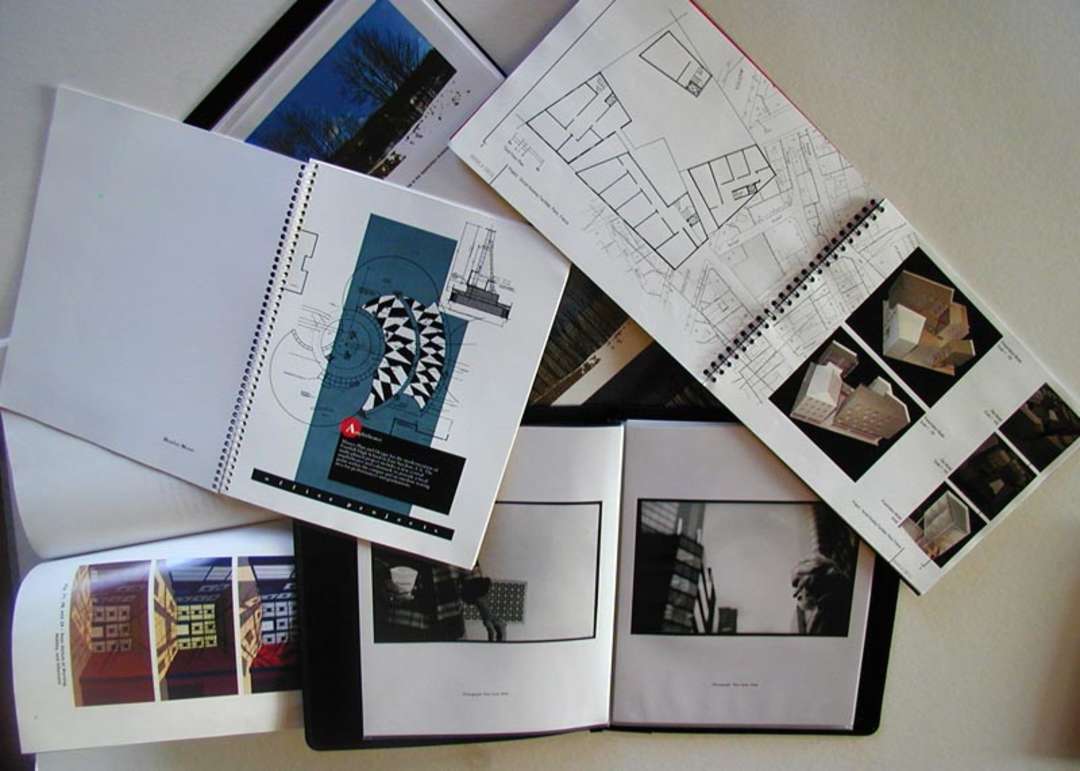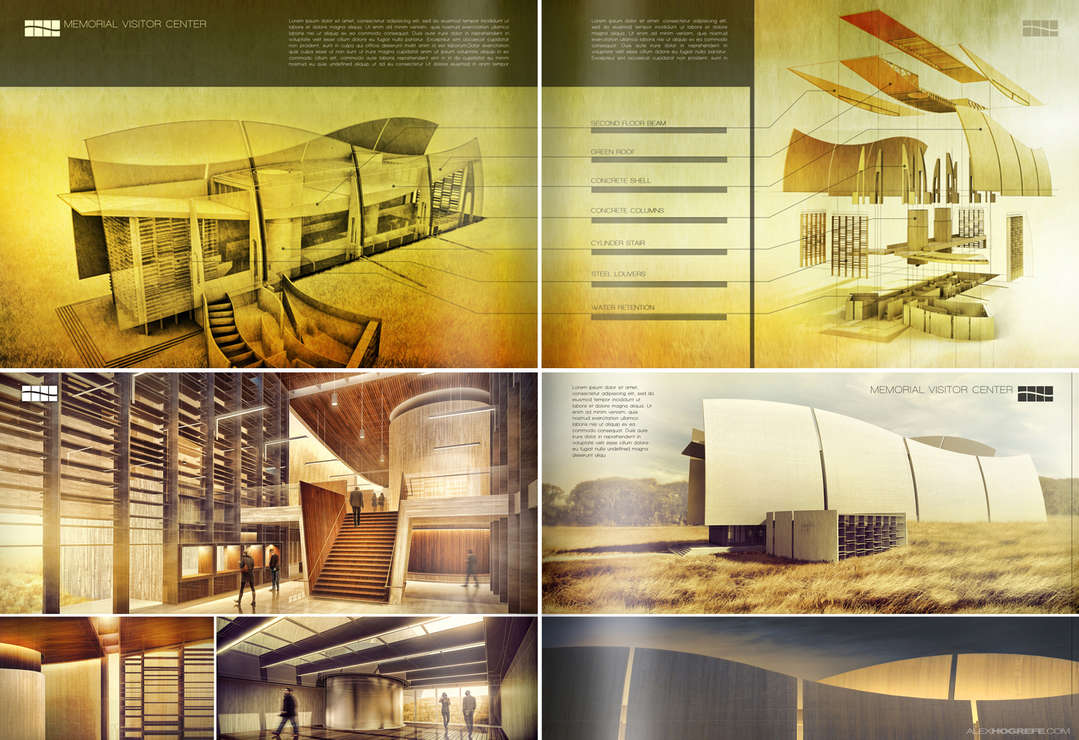
The world of architecture is small and narrow. Proportionally, there aren’t many people working in it who aren’t architects — which makes it especially difficult to break into in a satisfying way for the young or those just graduating from school. Even with the requisite education and entry-level experience, getting a job in the profession is an uphill battle for the simple reason that nearly everyone applying for an open position wants only the same thing: a job as an architect.
From the viewpoint of those doing the hiring, this makes it equally difficult to decide exactly who to hire, because young architects’ education, experience and portfolios begin to appear the same after repeatedly viewing hundreds of them. With this in mind, standing out in a pile of submissions at an office you want to work for becomes a primary concern.
How do you do this? There’re many ways, but one I’ve found to be fairly effective is to craft a cohesive, easily discernible theme for yourself that differentiates your application from all the others. This theme is the story that ties together all the work, presentation and correspondence you’re sharing with whoever may be hiring, and it’s the thoroughness and consistency of this theme (combined with what it means to the office or architect you’re submitting to) that can effectively sell your application.
Thus, when looking for a job in architecture, it follows to first develop this theme or story, then craft your approach and application materials to clearly reflect it.
Think Outside Architecture
Uncovering a good, unifying story that applies to all the work you’ve done starts with an introspective search for something you know, do or feel that you don’t recognize in any other architect — then turning it into a storytelling hook that can capture and sustain interest. The method of this process can vary widely from person to person, but in each case it fundamentally involves identifying the things you do or have done that aren’t architecture. Nearly anything you studied in school outside the architecture curriculum or any job you’ve had that wasn’t in an architecture firm is a good place to start. If you have a master’s degree in architecture with a background in another field, then that area is likely prime territory to draw from.
For example, maybe you have an interest in high-level mathematics, with something on paper to back it up. In terms of evidence, a professional degree or working experience in this interest is great but not necessary, because something as basic as a few classes, a workshop or a club will suffice as the origin of the story and its corresponding line toward the top of a resume. The real challenge for developing this story is applying it to the work in your portfolio.
Architecture portfolio box by Ashley Mayes
Frame, Don’t Fabricate
Trying to retroactively present projects you’ve completed over the course of several years as if they were always planned to fit into an all-encompassing theme is preposterous because you almost certainly didn’t complete the work with that theme in mind. But if you understand that the strategy detailed here is about framing, not fabrication, then you’re well on your way to discovering a theme.
To that end, if you’ve identified an interest or activity that’s truly important to you, it probably shows up throughout your work in places you weren’t aware of before. For the high-level mathematics enthusiast, a studio project composed of a series of proportional volumes suddenly takes on new importance when they realize the architectural forms illustrated in their portfolio can now be notated to express the underlying ratios behind them — a reverse-engineered revision with the benefit of being unusual while also supporting their theme.
Follow Through With Your Theme
Once you’ve identified and developed a strong theme for yourself, the second part of this task in a job search is to consistently reflect it in all your application materials. Whether you’re blindly soliciting a firm, applying through a jobs board or speaking directly to people you know, you will almost certainly be making an email submission at some point, which means your story should be obvious in all the materials you submit: cover letter, résumé, work samples and so on.
Accomplishing this involves weaving a clear and simple narrative into your cover letter (“My interest in high-level mathematics began with ___ and is present in my work because ___”), supporting it with one or more lines on your résumé (Silver Medalist — 2015 Slam Calculus Competition), then driving the message home with design evidence in your work samples (a building with a serrated form inspired by the Fibonacci sequence). At some point, this tactic will net you an interview, which is an opportunity to tell the story face-to-face in your own words, with an accompanying show-and-tell of your expanded portfolio.
The example of a mathematics enthusiast might lend itself to the illustration of 3D-modeling skills and parametric design; sample portfolio pages via Alex Hogrefe.
This strategy is no guarantee for employment, but it will certainly help build a recognizable picture of you in the minds of the people who see your application. If you handpick the firms you apply to based on your theme, or customize your theme for the different types of firms you submit materials to, then you’re building a strong case for why you want to work there and why they’d benefit from hiring you — a positive correlation from both angles and maybe also the beginning of a decisive career direction.




